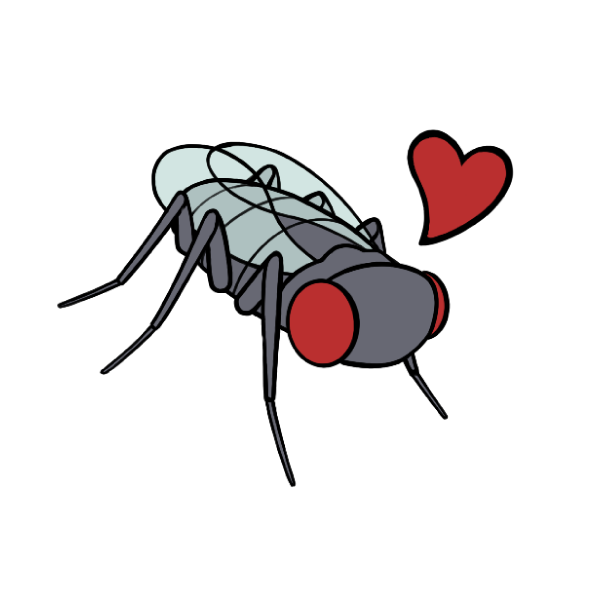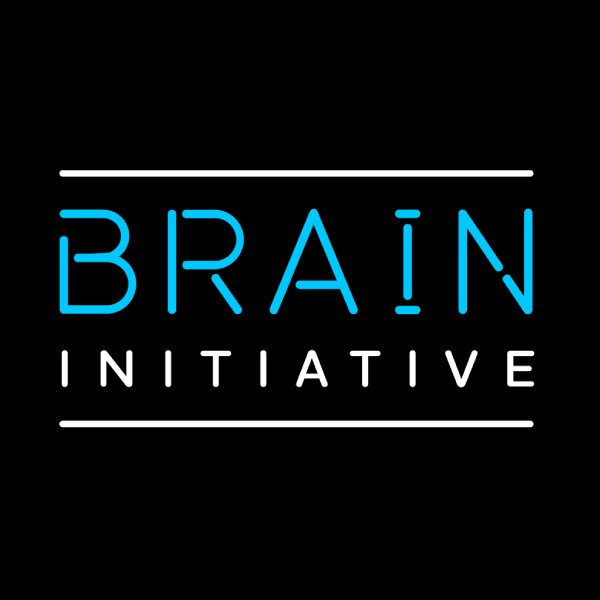
Since 2019, scientists and experienced proofreaders have utilized FlyWire to proofread AI segmentation of a full fly brain (Dorkenwald et al., Zheng et al.). As of July 2023, the FlyWire flagship preprint Neuronal wiring diagram of an adult brain is available on bioRxiv, which includes 127,978 proofread neurons (Dorkenwald et al.). The companion annotation paper includes over 700,000 labels (Schlegel et al.).
Automatically extracted presynaptic and postsynaptic tags have been applied to all putative connections in the brain (Buhmann et al.), and the dominant neurotransmitter assigned for most neurons (Eckstein et al.).
Explore the connectome and its annotations in Codex.

Community of neurobiologists, computer scientists, and proofreaders who build and curate the first whole brain connectome for Drosophila in FlyWire. Join FlyWire and contribute community data for your lab to appear.

FlyWire is created by the labs of Mala Murthy and Sebastian Seung at Princeton University. It is funded by the US Brain Initiative. Proofreading and annotation has been carried out in collaboration with the Cambridge Drosophila Connectomics Group (funded by the Wellcome trust) and many other labs around the world.